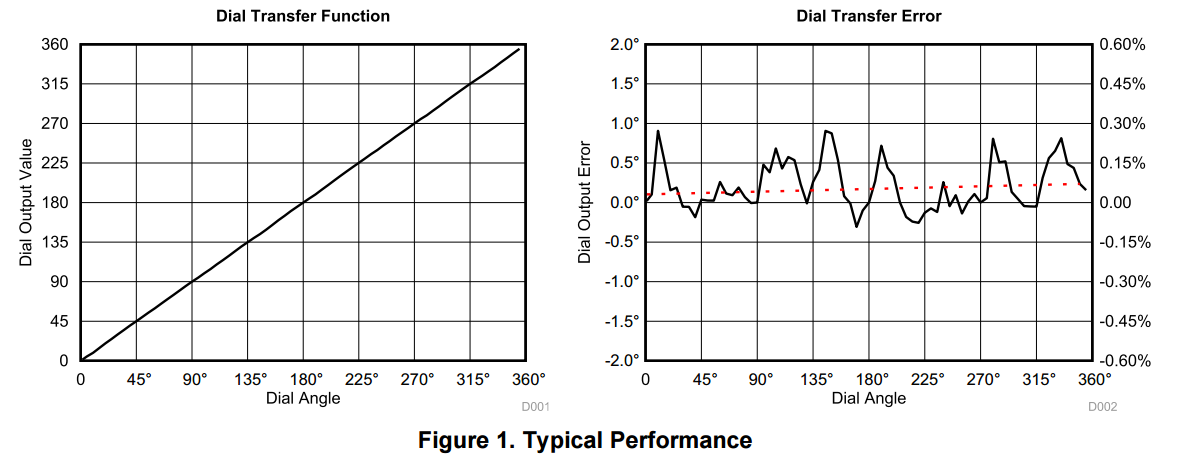Hi Team,
Regarding TIDU952, I got following questions so could you help me?
Question
Max/Min angular position accuracy at stable situation.
Following is test condition
1. Put TIDU953 on table(no effected from external objects)
2. Read TIDU953 Angular position data
3. investigate how output angular position data changes from ideal value.
e.g.
put TIDU953 on table with 0 position
read angular position from TIDU953
investigate how output angular position data changes from 0 position.
Thanks,
Regards,
Kai



